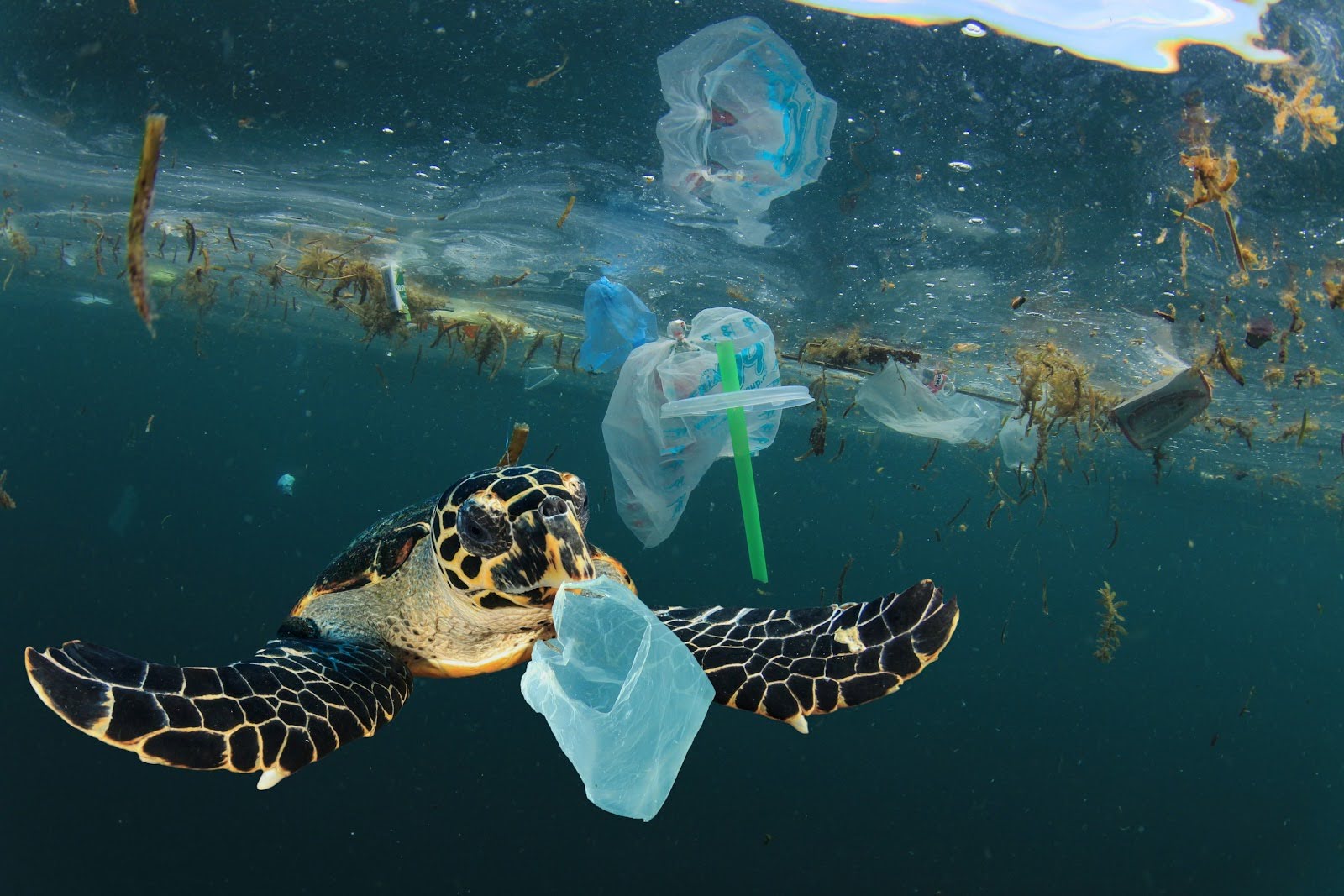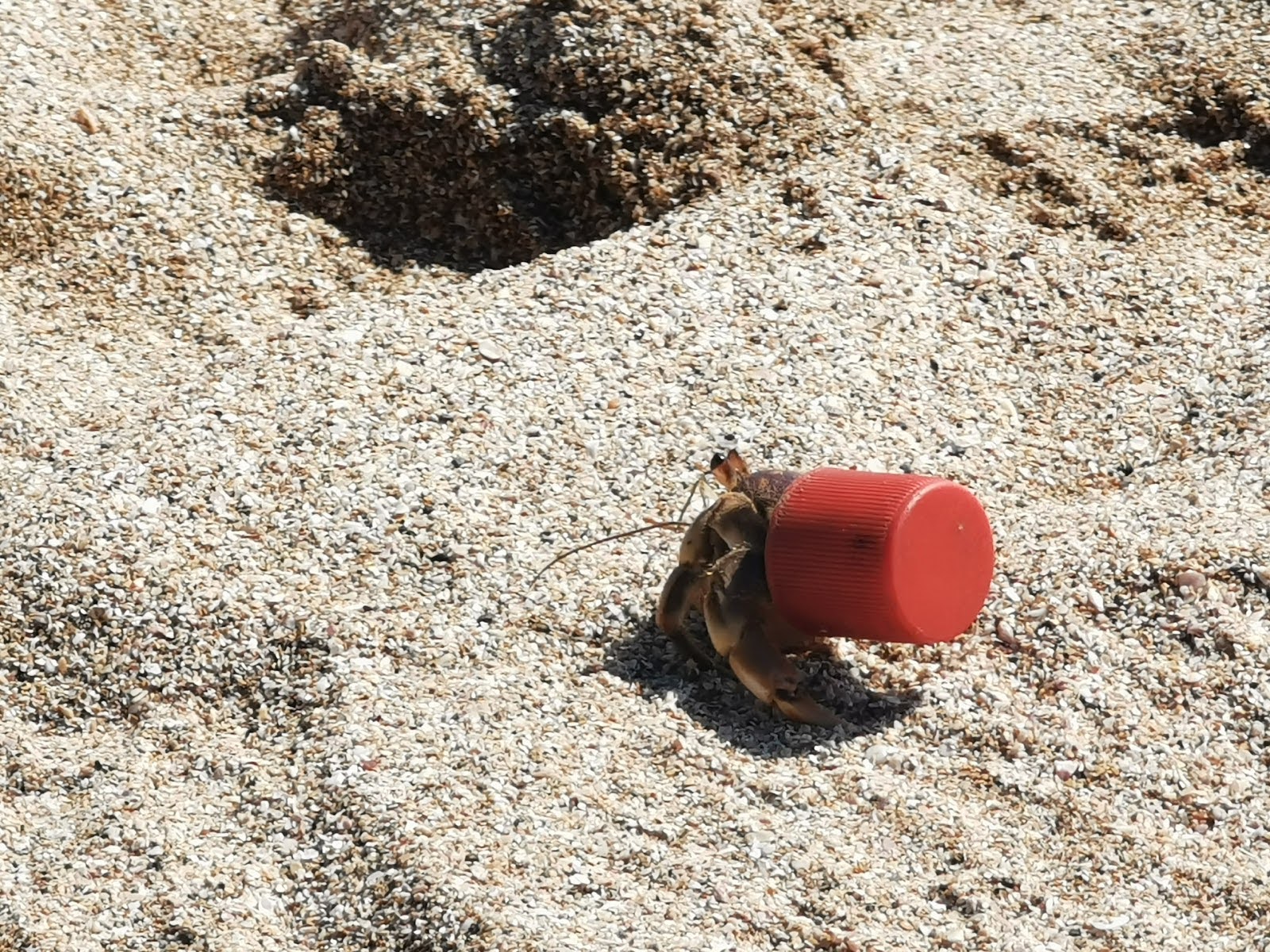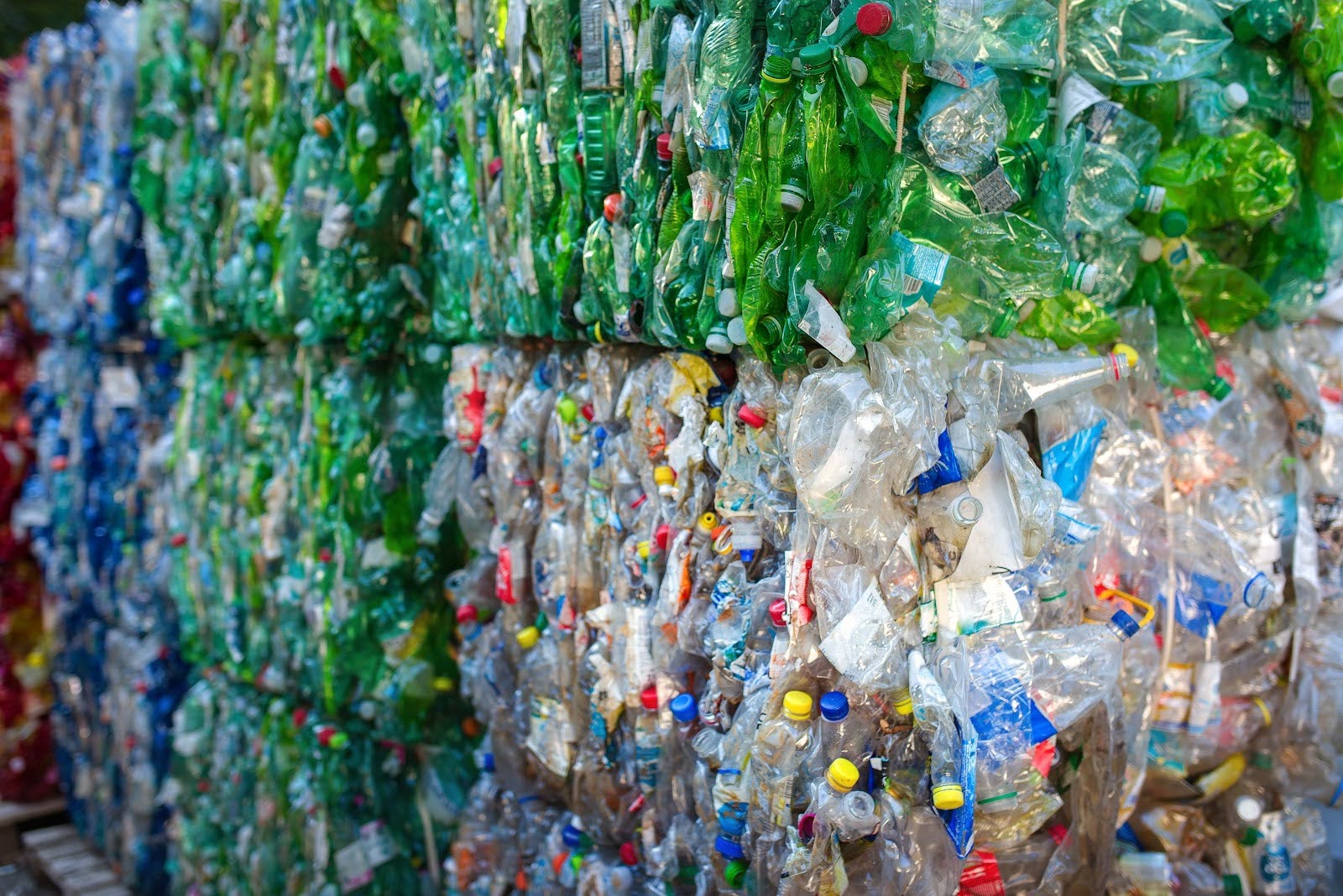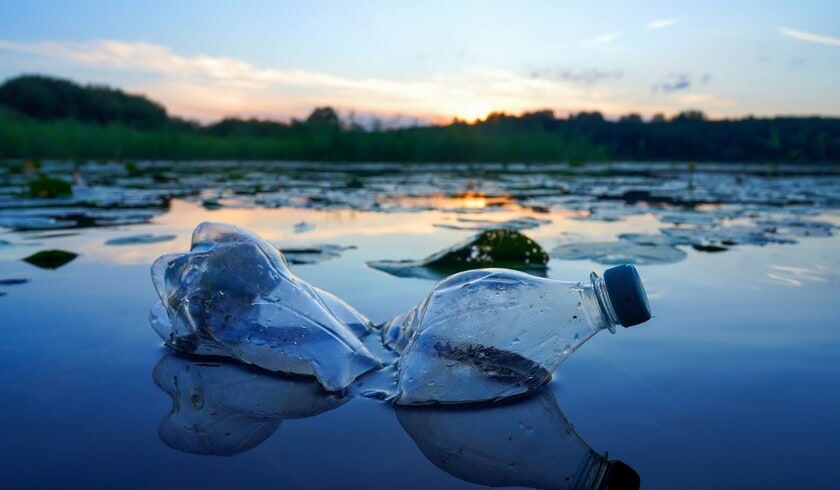11/02/2025
With increasing amounts of plastic waste found in the environment every year, it's more important than ever to understand the role that individuals and businesses can play in reducing this pollution.
It goes without saying that single-use plastic is damaging to the environment, but how much do you know about the problems that single-use plastic waste can cause? And, more importantly, what can we do to reduce this waste?
Read on as we uncover the key facts about plastic pollution, provide tips and tricks for reducing plastic use, and share the best ways to dispose of plastic products.
Simply put, plastic waste is any plastic that has been discarded. It includes plastic packaging, plastic bottles and containers, and plastic bags, but also includes things you might not even think about. Small components from machinery, and labels on food packaging, as well as microplastics that are shed from clothing when it is washed all contribute to plastic pollution.
This waste is a growing problem. Due to its relatively low production cost, versatility, and useful material properties, the amount of plastic produced per year has grown exponentially since the 1970s, and our output of plastic production continues to climb.
This waste often ends up in the ocean, where it enters the food chain, and damages marine life. By eating plastic, animals can die when it becomes stuck in their digestive systems. A plastic bag, for example, can look like a jellyfish, or other food, and a turtle may then eat it. A study by the WWF found that 52% of sea turtles around the world have eaten plastic waste.

But just how much plastic waste is created? And why does so much end up in the ocean? Read on as we uncover the facts about plastic pollution.
It's no secret that plastic pollution is a problem. Especially ocean plastic pollution is responsible for destroying marine wildlife's habitats and other waste that fills landfill sites in countries worldwide. But how much do you really know about where plastic waste ends up?
According to the BBC, in 2023, there were 171 trillion plastic pieces in the ocean worldwide, a huge increase compared to 2005, when there were 16 trillion pieces. This number is also set to continually rise, and could almost triple by 2040.
In 2022, synthetic paint fragments from sandblasting and shedding were found to be one of the biggest contributors to the growing problem of microplastics found in the ocean. At the time the study was published, it was estimated that 2.9 million tonnes of plastic pollution from paint were entering the ocean environment every year.
A recent study found that more than half of hermit crab species have started to 'wear' plastic waste as armour, instead of natural snail shells. It appears that for these crabs, it's easier to source plastic, or other discarded items, compared with the naturally occurring shells usually associated with these animals.

We know that microplastics are a threat to both the environment, and human health, but did you know that they have been found at the bottom of the Mariana Trench? As early as 2018, scientists found microplastics in the deepest part of the ocean, likely due to plankton ingesting them, and their waste then sinking to the seabed.
Ghost fishing equipment accounts for over 10% of plastic pollution in the sea. Ghost fishing equipment is a term for any discarded, lost, or abandoned fishing equipment. These pieces of plastic debris are incredibly dangerous for wildlife, capturing animals underwater as they become entangled.
Although there are still many examples of disposable plastic products that are discarded each year, in 2024, the UK government, as well as other countries across Europe, banned certain plastic items that contributed to waste, and that were easily swapped out for alternative materials. These include drinks stirrers, balloon sticks, and cutlery.
According to research by the BBC, plastic bottles are not only bad for the environment, but also contain contaminants, including microplastics. There are many health problems linked with microplastics, and we still do not know the full scale of the risks associated with them.
In fact, the same research found that in many parts of the world, tap water to drink is safer than bottled. In the UK, tap water is treated to one of the highest levels in the world. That being said, many people still don't enjoy the taste of tap water, even though it is safe to drink. And here at Zip, we understand how important taste is for keeping up hydration levels. Our HydroTap range delivers filtered boiling, chilled, and sparkling water instantly in workplaces around the world, without the need for plastic water bottles.
In WRAP's 2024 Recycling Tracker report, they found that less than 10% of the UK population felt 'very confident' about what can and cannot be recycled. In a world where recycling is increasingly important, the lack of readily available information can be a real barrier to those who want to make more conscious choices.
When you're learning more about plastic waste and plastic pollution, it's easy to feel hopeless, or unsure how to help. Improving waste collection systems, or directly reducing the amount of plastic produced, is not something many of us can be involved with day to day, and when more plastic is produced, used, and ultimately sent to landfill each year, it can be hard to see how you can make a difference.

And you're not alone in feeling this way. In the same WRAP survey into recycling in 2024, they found that only 27% of people feel that their recycling efforts are worthwhile, a drop from 39% in 2021.
From workplace design to small day-to-day changes, workplaces can help employees to reduce their plastic consumption, without breaking the bank. We've talked before about using the power of workplace design to transform your office into an eco-friendly space, but here we'll discuss the more everyday actions that can change the world.
Because your actions, and the actions of your workplace as a whole, can add up. By being more considerate in your buying habits, for example, opting for products made from recycled or recyclable plastics. By reducing your plastic consumption in the first place, you can help to improve levels of plastic pollution.
Read on to learn our tips for the best ways to reduce plastic waste in the workplace. Or, if you're interested in sustainability in the workplace as a whole, read our guide here.
There are many ways to tackle the amount of plastic waste in the office, like providing your workforce with a reusable bottle, or travel mug. But often, these things only have a real impact when employees understand the 'why'. We all hear so much about reducing greenhouse gas emissions, reducing carbon dioxide emissions and avoiding plastic packaging, but it can be hard to translate these global issues into everyday actions.
Providing education about recycling packaging for employees is therefore very important. Sharing insights into plastic waste and giving people more information on the fossil fuels required to produce plastic, will all help in reducing plastic consumption.
The easiest way to reduce plastic pollution is to use less of it in the first place. As we mentioned before, plastic bottles are the second most common ocean pollutant, second only to plastic bags. And there are easy ways to reduce the amount of plastic bottles used in the workplace.
We know that often, people will choose bottled water over tap water, as they don't enjoy the taste of tap water. By providing filtered water on tap, you can eliminate the need for bottled water, and your plastic use, and keep your team hydrated at the same time.
Although it's important to reduce plastic use, we understand that there are some situations where plastic is the best material for the job. For example, certain food packaging needs to be made of plastic for hygiene reasons.
In these instances, the important thing is to make it as easy as possible to recycle plastic waste. Providing clearly labelled recycling bins is a simple way to help employees dispose of waste responsibly, and will save more plastic from going to landfill. Education again, is very important here. Helping employees understand why recycling is worthwhile, and the importance of washing any food or dirt from plastic waste before putting it in the recycling bin, will help to change people's actions.
The key to any discussion around plastic waste is to remember that we can make a difference. Although small actions may feel inconsequential, if individuals, workplaces, countries, and ultimately, the world, can come together to reduce our reliance on unsustainable materials and practices, we can make a difference.
For a small step towards reducing plastic waste in your workplace, contact us today for a bespoke quote.
Talk to us about your next project, request a brochure or arrange a full product demo with one of our team.
